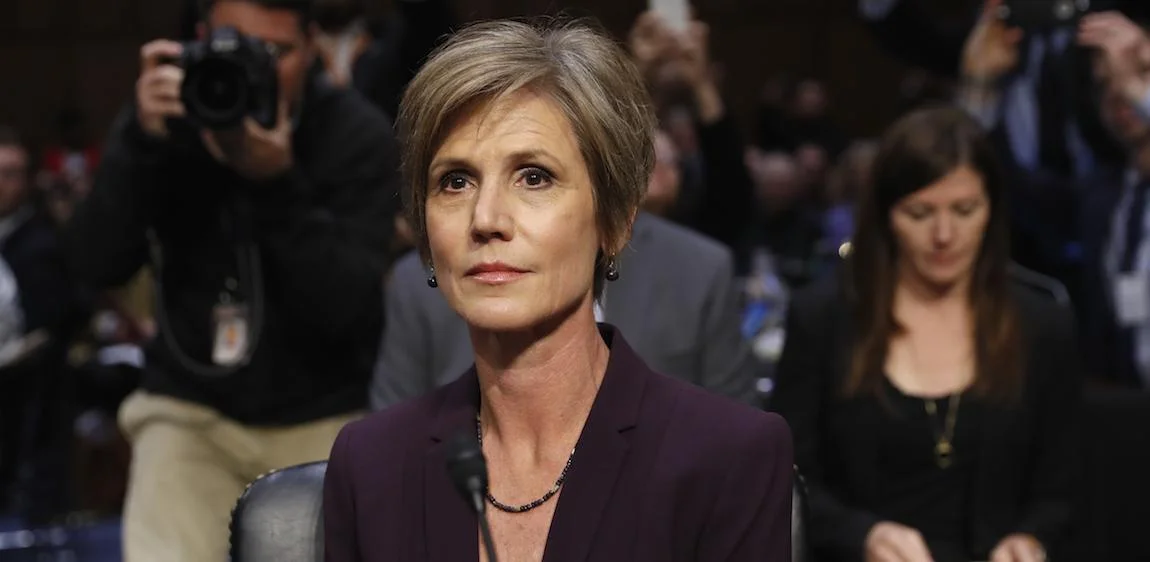Rethinking End-of-Life Care By Gilbert Lawrence
End-of-Life Care sounds like a daunting task for all concerned. The issues, dilemmas and challenges involved at this sensitive time are not new. They are as old as human civilization. Patients at the end of life are more in need of comfort and loving care than medical care. Taking the patient to a hospital for specialized care may change the situation for a few hours to a week. What is this period of time in the over-all life-span of an adult patient?
Often greater attention in an end-of-life situation is the long-term welfare of those who are left behind. Many times, they are left with a guilt feeling of putting their loved one through the side-effects of unnecessary treatment and not having personally done enough or spent enough quality time with the dear relative or friend when the opportunity presented itself. Not uncommon, the family is bitter about prolonging the agony (physical, emotional, psychological and financial) of dying that their relative and family went through.
Most seniors desire to spend the end of life in the warmth and security of their own home surrounded by family and friends and dying in their own familiar bed, yet most seniors, especially in urban regions, die in a hospital or nursing home wearing a hand-me-down gown, cared-for by strangers and facing a lonely death in a strange place.
Too much medical care is offered to patients at the end of life. This puts these patients and their families through the inconvenience and side-effects of the treatment which is done with a lot of hope, but realistically with little benefit and only a small chance of significantly changing the course of events.
About 25 percent of all health-care cost is expended in the last month of life. End-of-life care is a major contributor why health-care costs in America is are 30 to 50 percent more (in relation to GDP) compared to other Western countries.
A simple approach to resolve this dilemma is to recommend that all patient-care, including hospitalization, exceeding a total cost of $3,000 in the month prior to death is audited prior to payment to the doctor and the hospital. If treatment and/or hospitalization is warranted because of patient and family desires, which is often the case, then patient and family will have to meet part or the total cost of that care.
An outside physician review will make all caregivers more cognizant of treatment decisions and approaches. Peer review, even after the fact, can provide the patient and family peace of mind.
External peer review is not new and is now routine. It is often done prior to work-up or treatment under the term of pre-authorization. Medicare has also done retrospective review of charts with financial consequences for doctors and hospitals. Peer review has a proven track-record of reducing unnecessary health-care in a variety of clinical situations. An adverse ruling by the peer reviewer can be appealed and in certain situations dispute may even go to arbitration.
To concentrate on the dollar amount that triggers the review is to miss the larger picture of this proposal. The reference of $3,000 is just to define a principle. The reference may be different for different clinical situations. The key to this proposal is the third party peer review accompanied by financial impact.
The dollar reference (whatever number) in the month prior to death is not an end in itself. It is the key to initiating a serious evaluation by every doctor who is asked to manage the patient. Now every physician, patient and family is at financial risk and will seek to avoid inappropriate care.
This is a whole different mindset which will involve constant dialog between and input from all parties involved. Forefront in driving the cost of health-care are physicians overtly or subtly making decisions in the perceived "patient's best interest" or at the request of the patient and family. Review of patient's chart will improve medical record keeping, closer evaluation of the patient, more substantive dialog among caregivers, the patient and family. Hospitals will introduce end-of-life protocols and treatment paradigms to coordinate care in a most efficient manner when the patient is in the hospital.
The dollar reference to trigger chart review will also force doctors and hospitals to challenge the cost of health-care - which is the root cost of the problem. Does a hospice patient needing a short admission for observation need a $300-$500 a day hospital bed? Does one need to admit the patient to a hospital if all the patient needs is a nursing home? Do some of the current medications and work-up need to cost so much? Such questions can go on to infinity.
The ultimate goal of end-of-life-care is for the family, near and extended, to provide the patient and each-other the love, warmth and comfort, emotional and spiritual support in the patient's own home at their end of life. After decades of the health-care system taking over patient management, medical and social, from birth to death, we need to start providing incentives and disincentives to all parties to reverse that trend.
Gilbert Lawrence is a M.D. in Utica, New York.





